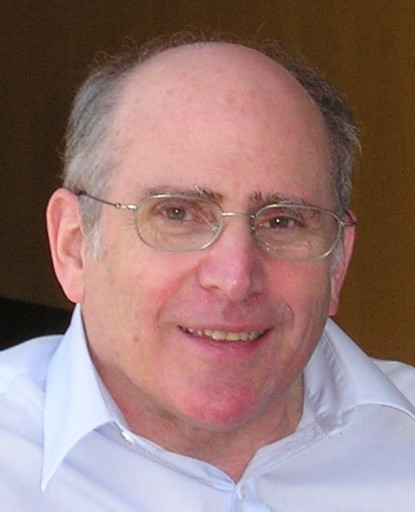

Noah Hershkowitz
August 16, 1941 — November 13, 2020
Noah Hershkowitz, age 79, Irving Langmuir Professor Emeritus of Engineering Physics at the University of Wisconsin-Madison, died at UW Hospital on November 13, 2020. He was a loving husband, father, and grandfather, and a kind and generous mentor to generations of students.
Noah was born to Abraham and Sushie Hershkowitz on August 16, 1941 in the Williamsburg neighborhood of Brooklyn, New York. He grew up in Kew Gardens, NYC, and graduated in 1958 from the High School of Music and Art, where he met Rosalyn, his future wife of 58 years.
He obtained his B.S. in Physics from Union College in Schenectady in 1962, and went on to earn a Ph.D. in Physics at Johns Hopkins in 1966. He was a Professor of Physics at the University of Iowa (1967-81), and a Visiting Professor at UCLA (1974-75) and the University of Colorado-Boulder (1980-81), before joining the University of Wisconsin faculty in 1981. He began his career in nuclear physics, but soon changed to plasma physics because “it looked like it would be more fun (and it was).” Not only did he make groundbreaking contributions to his chosen field, but he gained the respect and admiration of his colleagues, both as a physicist and a human being.
Noah had a profound impact on the education, careers, and lives of many undergraduate and graduate students, including more than 50 who received their Ph.Ds. Retiring in 2012, he remained active as an emeritus professor, continuing to collaborate on papers and to supervise students with whom he shared his love of physics. “Physics,” he once explained, “is like a jigsaw puzzle that’s really old. All the pieces are worn down. Their edges are messed up. Some of the pieces have been put together in the wrong way. They sort of fit, but they’re not actually in the right places. The game is to put them together the right way to find out how the world works.”
He chaired multiple associations and committees and was a Fellow of the American Physical Society (APS), the Institute of Electrical and Electronics Engineers (IEEE), the American Vacuum Society (AVS), and the Institute of Physics (IoP UK). He was the founder and Editor-in-Chief for sixteen years of Plasma Sources Science and Technology, now a top journal in the field, and also served as an Associate Editor of Physics of Fluids and Physics Review Letters.
Noah received numerous awards during his career. Among them was the James Clerk Maxwell Prize in Plasma Physics (2004), the highest honor afforded by the APS Division of Plasma Physics (DPP), in which he was cited for his fundamental contributions to the physics of low-temperature plasmas. In 2015, he was presented with the IEEE Marie Sklodowska-Curie Award for innovative research and inspiring education in basic and applied plasma science.
Diagnosed with primary progressive multiple sclerosis at the age of 40, Noah never let MS slow him down. His acceptance of his disability was an inspiration to his family, friends, students, and colleagues. He was a member of several disability awareness committees including the APS Task Force on Disabilities, the Wisconsin Council on Physical Disabilities, and Access to Independence, but he also raised awareness simply by getting on with the work he loved, teaching, doing research, and traveling to conferences around the world even after he had to use a wheelchair full-time. He continued to work until his final hospitalization, and was a co-author on three papers presented at the APS DPP conference the day before he died.
In addition to his parents, Noah was preceded in death by his sister Dorothy. He is survived by his wife Rosalyn, his daughter Elaine (Sheldon) and granddaughter Dori of Pittsburgh, PA, his daughter Debra of Madison, and former students around the world.
His family extends their thanks to everyone at the UW Hospital Infusion Center for the care and support they gave Noah during the past eight years. In lieu of flowers, the family requests that donations be made to Access to Independence (3810 Milwaukee St., Madison, WI 53714; https://www.accesstoind.org).
Guestbook
Visits: 37
This site is protected by reCAPTCHA and the
Google Privacy Policy and Terms of Service apply.
Service map data © OpenStreetMap contributors



